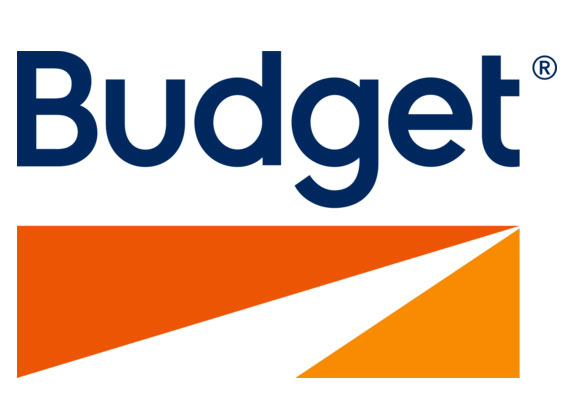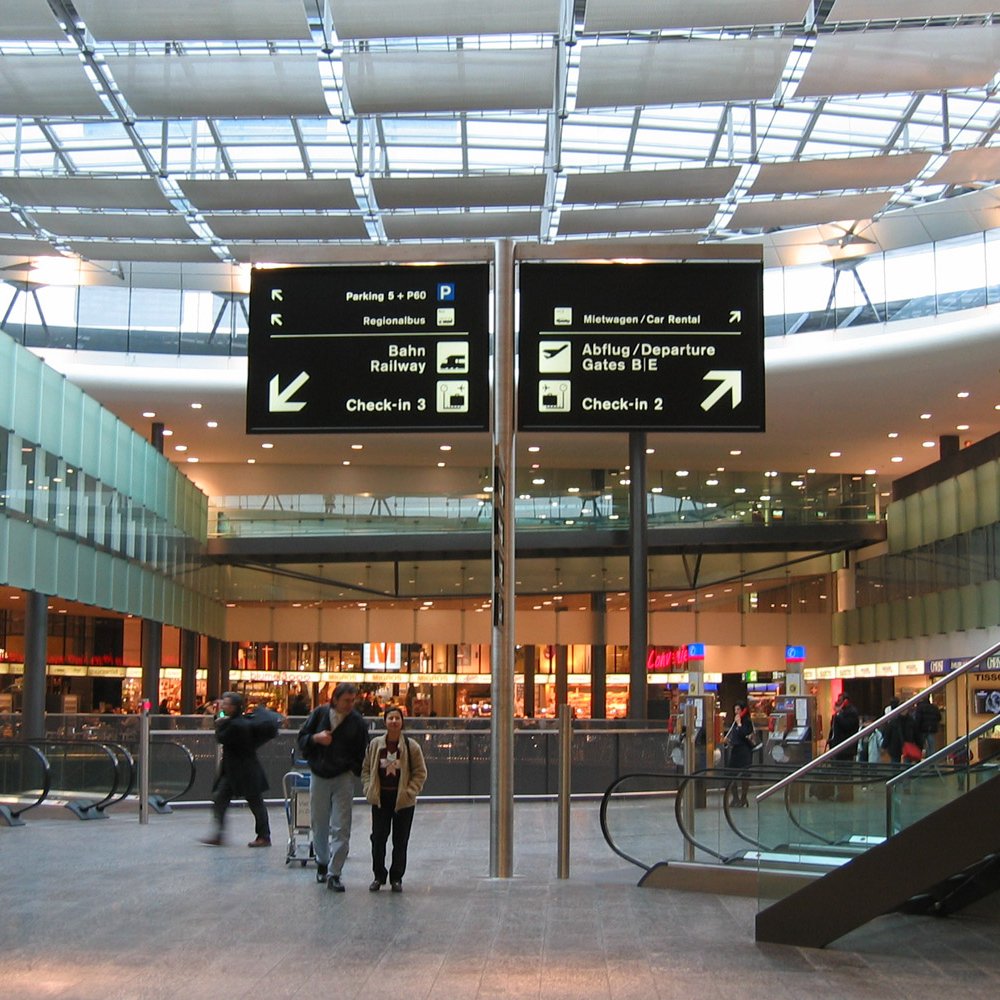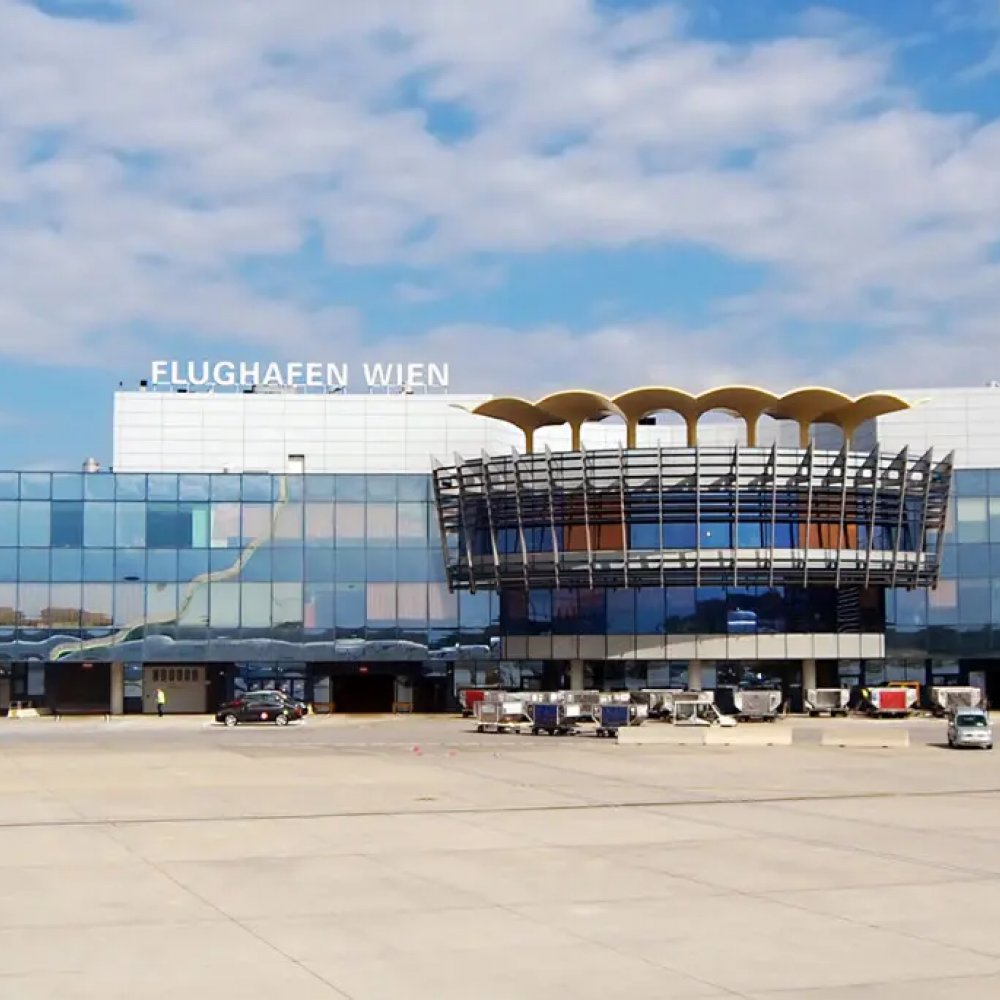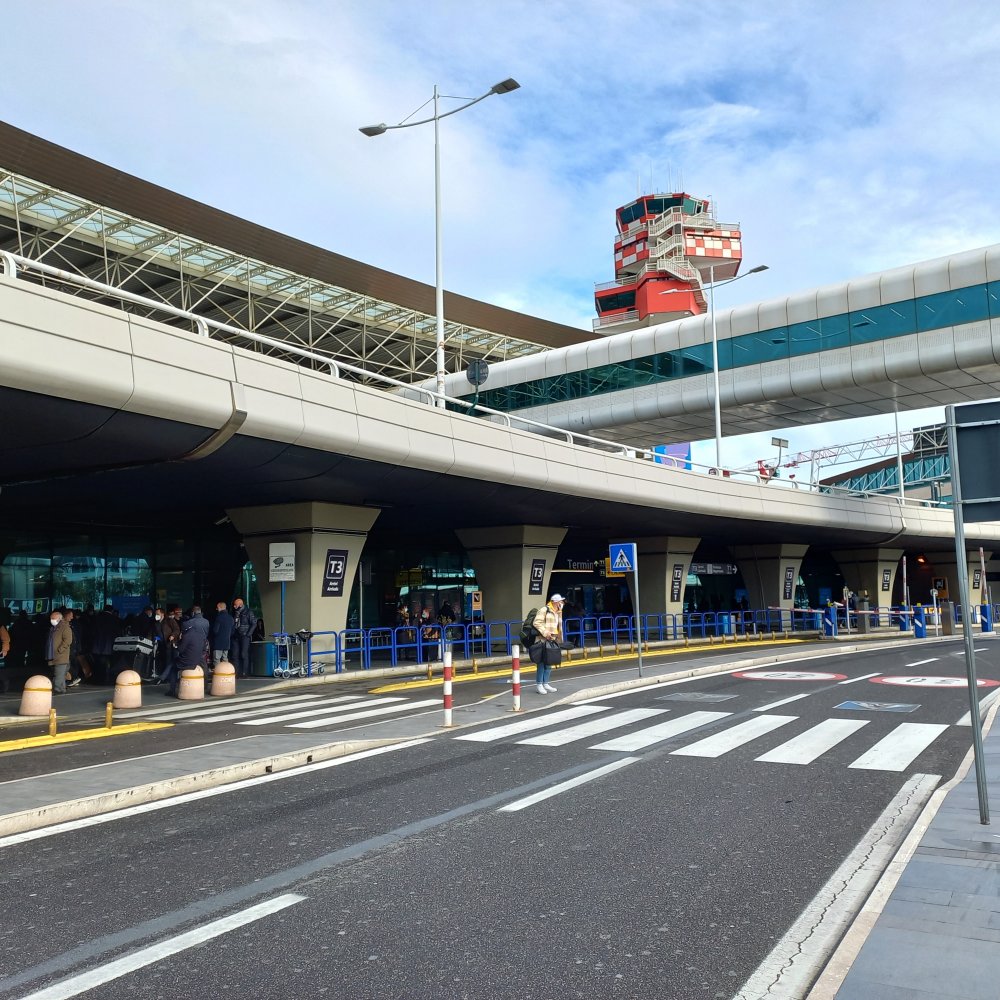Picture this: You’re gearing up for a big trip. Your bags are packed, the itinerary is nailed down, but there’s that one critical question buzzing around your mind—how exactly will you get to Heathrow Airport, UK? As the clock ticks, the sheer hustle of London’s sprawling transport network makes the thought of your airport transfer feel like a quest. The vibrant pulse of commuters rushing to Tube stations, taxis honking in traffic, and luggage-laden travellers darting across bus stops sets the scene. You pause and wonder, should you grab a taxi, jump on the train, or maybe book a rideshare? Each option carries its quirks, price tags, and timing considerations that can make or break your travel day.
When I last landed at Heathrow Airport, UK, navigating from central London amidst rush hour chaos revealed the importance of planning every step. Missing a departure by mere minutes was narrowly avoided thanks to understanding peak-hour travel and accommodation for luggage and accessibility needs. Whether you’re a seasoned traveller or handling Heathrow Airport for the first time, knowing how to get there smoothly shapes your journey’s tone. This guide will hand you the keys to confidently map out your airport transfer, so your day starts on the right flight.

Why Plan Your Airport Transfer?
Planning your journey to Heathrow Airport, UK is more than just getting from A to B—it’s about ensuring a calm, timely arrival that respects your budget and energy levels. Heathrow is one of the busiest airports in the world, meaning delays and crowded stations are common, especially during peak hours or holiday seasons. When you plan, you avoid last-minute scrambles, unexpected surcharge fees, and the stress of thinking you might miss your flight.
Moreover, with so many transport modes available—from taxis to trains to buses—understanding their schedules, costs, and boarding points enables you to make choices tailored to your priorities. For instance, if time is tight, a taxi to Heathrow Airport, UK may be best despite a steeper fare. Alternatively, if you’re budget-conscious and travelling light, a bus to Heathrow Airport, UK might suit perfectly.
Given Heathrow Airport, UK’s sprawling connections, each transfer option has nuances, like the availability of night services, luggage allowances, or even how accessible a ride is for persons with reduced mobility. By planning ahead, you also get the upper hand in snagging better fares and adapting to any strike action, road closures, or other transport quirks unique to London’s ecosystem.
Price & Time Grid: Your Options at a Glance
| Mode | Single Fare | Return Fare | Journey Time | First / Last Service | Night Surcharge |
|---|---|---|---|---|---|
| Taxi | £55–£70 | - | 40–70 min | 24/7 | Yes |
| Rideshare | £35–£50 | - | 45–65 min | 24/7 | Yes |
| Rail (Heathrow Express & TfL Rail) | £25–£32 | £40–£58 | 15–30 min | 05:00 / 23:45 | No |
| Express Bus | £8–£10 | £14–£18 | 40–60 min | 05:30 / 22:00 | Rare |
| Local Bus | £3–£5 | £5–£8 | 60–90 min | 05:00 / 23:30 | No |
The table above summarises your main transport choices when figuring out how to get to Heathrow Airport, UK. As you’ll spot, taxis and rideshares offer great flexibility but at a higher cost, while rail options like the Heathrow Express provide fast but pricier journeys. Express buses slot in as affordable mid-range options with decent journey times, and local buses present the cheapest modes, albeit with longer travel. Consider your priorities—speed, price or convenience—and adjust your plan accordingly.
Step-by-Step Guide for Each Mode
Taxi
- Book your taxi in advance via a reputable company or app, especially during peak hours or early mornings.
- Confirm your pickup time to align with your flight check-in and possible traffic delays.
- Prepare cash or card; some taxis accept contactless payments, but check first.
- Load your luggage carefully and inform the driver if you have bulky or special baggage.
- Track your journey using the app or GPS for reassurance en route.
- Upon arrival, collect your bags and head directly to your terminal.
Rideshare
- Open your preferred rideshare app (e.g., Uber, Bolt).
- Set Heathrow Airport, UK as your destination; select your pickup point wisely to avoid congestion.
- Choose ride type (standard or larger vehicle depending on luggage).
- Confirm booking and monitor driver arrival time.
- Prepare a tip or review for driver after the trip.
- Exit at the appropriate terminal drop-off zone; signs will guide you.
Rail
- Head to Paddington Station in central London for the Heathrow Express or check TfL Rail for direct tube lines.
- Purchase tickets online or at machines – online bookings sometimes offer discounts.
- Board the correct train; Heathrow Express is non-stop (~15 minutes), TfL Rail covers more stops (~30 minutes).
- Arrive straight into Heathrow terminals with facilities to suit all travellers.
- Use line maps and signage inside to navigate to your respective terminal.
Bus
- Locate your nearest express or local bus stop servicing Heathrow Airport, UK; popular routes include National Express coaches.
- Check and purchase tickets in advance where possible to secure seats.
- Arrive early at the bus stop to ensure boarding, especially in busy hours.
- Load your luggage into the dedicated compartments.
- Ride comfortably with stops clearly announced – alight at your terminal.
Returning a Rental Car
- Refuel your vehicle at a petrol station near Heathrow Airport, UK to avoid costly fuel top-up charges (Hertz, March 2025).
- Follow clear signage directing rental returns, usually located in dedicated airport car parks.
- Check your vehicle thoroughly and note any damages or mileage on the provided paperwork.
- Drop keys or contract paperwork in the after-hours return box if arriving late.
- Use the free airport shuttle bus service to get from rental car facility to Departures.
- Keep your rental agreement handy for verification and smooth handover.
- Confirm final charges and keep receipts for your records.
Money-Saving Hacks
- Book your taxi or rideshare at off-peak times to avoid increased fares.
- Use contactless Oyster cards or travelcards on rail and bus for discounted rates.
- Consider group travel to split taxi or rideshare costs effectively.
- Buy return train tickets in advance; this often reduces total price by up to 20%.
- Check bus company websites for special airport transfer deals and family discounts.
Peak-Hour vs Off-Peak Travel Times
Travelling to Heathrow Airport, UK during peak hours—roughly 07:00 to 10:00 and 16:00 to 19:00—is often slower and pricier due to London’s notorious congestion. Taxis and rideshares face longer journey times, and some drivers apply night or peak surcharges. Train services like the Heathrow Express do not have surcharges, but trains can be crowded, reducing comfort when juggling luggage.
In contrast, off-peak travel (midday, late evening) usually allows quicker trips and cheaper fares. Bus services tend to be more reliable and less crowded then, offering a quieter alternative if you have time to spare. Planning your transfer outside peak traffic windows can significantly improve your experience and reduce stress.

Accessibility & Luggage Factors
When figuring out how to get to Heathrow Airport, UK, accessibility is paramount. Most taxis and rideshare vehicles are wheelchair accessible, but it’s best to confirm during your booking to ensure the vehicle fits your specific needs. Similarly, the Heathrow Express has dedicated spaces for wheelchairs and luggage-friendly carriages, making it an excellent choice for travellers with mobility requirements.
Don’t underestimate luggage volume when choosing your mode. A standard taxi comfortably fits two large bags with passengers, but if you’re travelling with more, book a larger vehicle or multiple seats. Trains and buses generally have luggage racks and space but check capacity during peak times. Planning for your luggage capacity ahead helps avoid delays or awkward last-minute arrangements.
Carbon-Smart Alternatives
If you’re environmentally conscious, consider shared shuttle services that pool passengers to Heathrow Airport, UK, cutting carbon emissions per traveller. Many hotel chains and private operators provide these affordable options. Another green option is bike-and-ride—cycling part of your journey to a station with cycle storage can reduce your footprint. Park-and-ride facilities around London allow you to leave your car at a peripheral station and complete your trip via rail or bus, minimising road congestion and pollution close to the airport.
Sample 08:00 Flight Timeline
- T-12 hours: Confirm transport booking and check traffic or rail schedules.
- T-4 hours: Perform final packing review and prepare necessary documents.
- T-2 hours: Leave your accommodation to catch your mode of transport; plan for peak traffic delays.
- T-0: Arrive at Heathrow Airport, UK Departures; pass security and head to your gate.
Hidden Pitfalls & Local Quirks
While learning how to get to Heathrow Airport, UK, beware of certain transport twists that could catch you off guard.
- Strike days: London transport staff occasionally hold strikes affecting trains and buses; always check status ahead.
- Cash-only buses: Some local buses to Heathrow may not accept cards; keep change ready to avoid being stranded.
- Motorway tolls: Taxis or rideshares may add congestion charges on certain routes; ask your driver about possible extras.
Eight Mistakes Travellers Make
- Not booking taxis or rideshares in advance, leading to last-minute price hikes or unavailability.
- Ignoring peak-hour traffic patterns, resulting in missed flights or stressful rushes.
- Failing to factor in luggage size and quantity when choosing transport.
- Assuming 24/7 services operate consistently—some buses and trains have limited night schedules.
- Skipping ticket pre-purchase for trains and buses, often paying more or missing seats.
- Not checking accessibility options for mobility-impaired travellers.
- Overlooking money-saving deals like group rides or travelcards.
- Not accounting for transport disruptions or strikes on travel day.
Frequently Asked Questions
Q: What is the fastest way to get to Heathrow Airport, UK from central London?
The Heathrow Express train is the fastest, non-stop service from Paddington to Heathrow. It takes about 15 minutes to Terminal 2 and 3, though fares are higher than other options.
Q: Are there night transport options to Heathrow Airport, UK?
Taxis and rideshares run 24/7, but train and bus services have limited night schedules or may not operate at all during overnight hours. Plan accordingly.
Q: How do I return a rental car at Heathrow Airport, UK after hours?
Refuel the car, park in the rental return area, drop your keys and paperwork in the after-hours box, and take the shuttle bus to Departures. Confirm these steps with your rental provider beforehand.
Q: Is it cheaper to take a bus to Heathrow Airport, UK than a taxi?
Yes, buses are generally the most economical option, though they take longer and may be less comfortable with heavy luggage or during peak hours.
Call to Action
Have your own tips or experiences on how to get to Heathrow Airport, UK? Share them in the comments below! Don’t forget to subscribe for more expert transport guides and traveller insights. Safe travels and may your next journey start off effortlessly!






